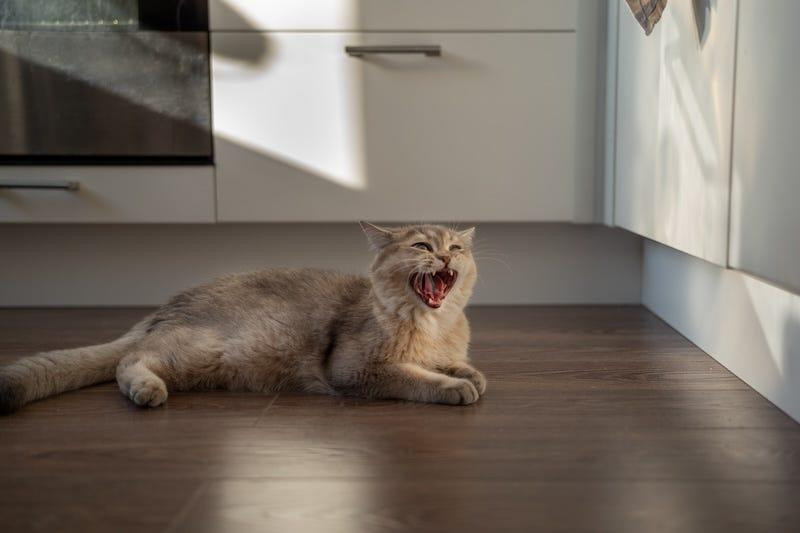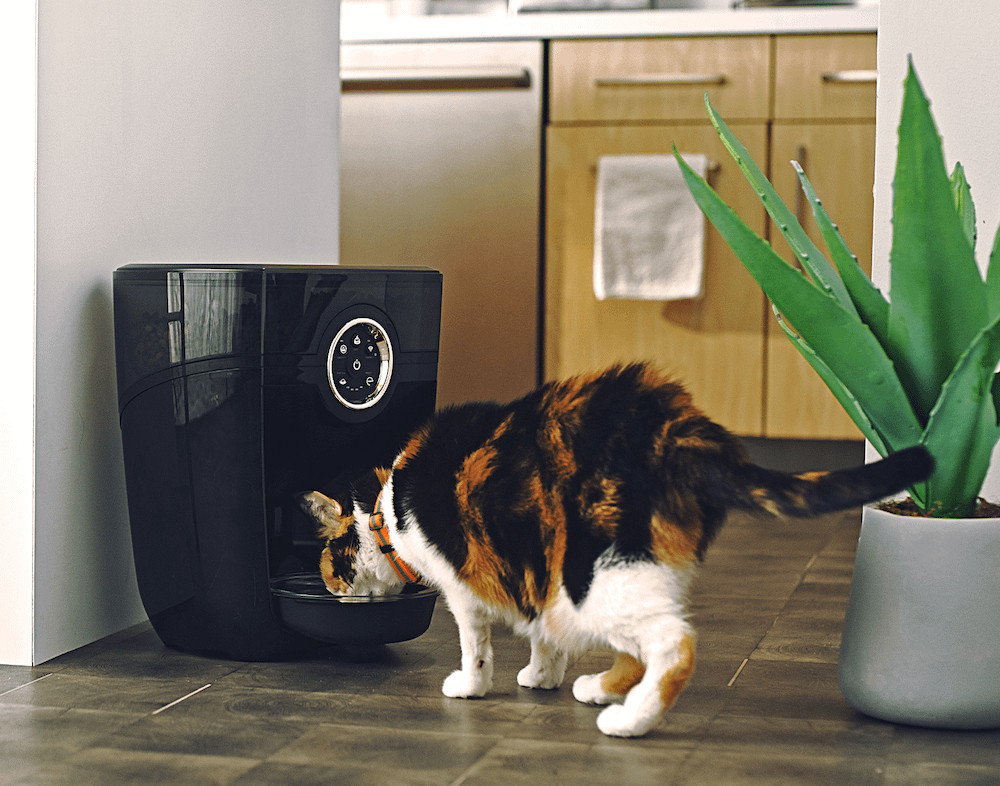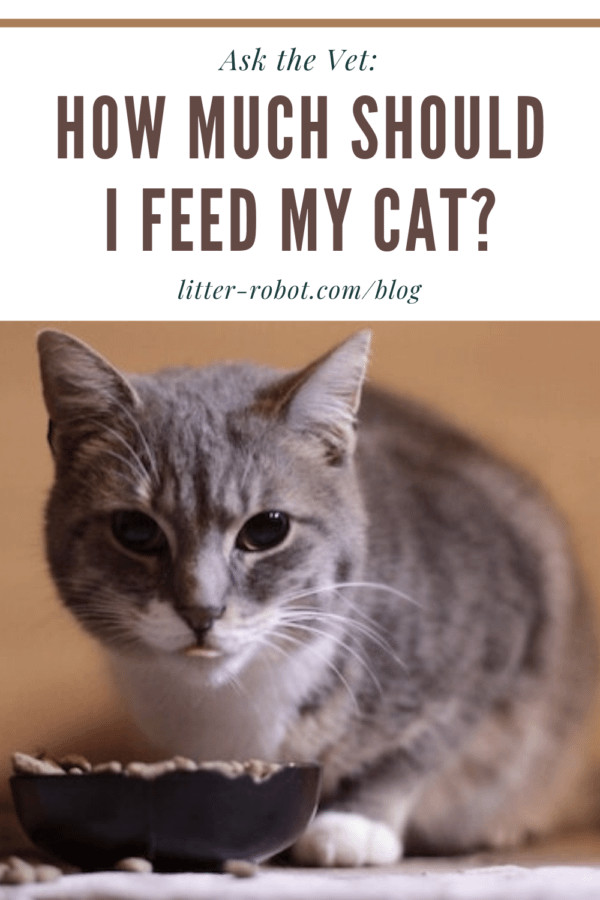Understanding Your Cat’s Nutritional Needs for Dry Food
Cats are obligate carnivores, meaning their diet must be primarily meat-based to thrive. Dry cat food, when formulated correctly, can be a convenient and nutritionally complete option for meeting these needs. Understanding your cat’s dietary requirements is the first step in determining how much dry food they should eat. High-quality dry food is designed to provide the essential proteins, fats, vitamins, and minerals cats need, but portion control is crucial to prevent overfeeding and maintain a healthy weight.
Calculating the Right Amount of Dry Food for Your Cat
Determining the correct amount of dry food to feed your cat involves several factors, but a good starting point is understanding caloric needs. A general guideline is that adult cats require around 20 calories per pound of body weight daily. However, this is just an estimate. To get a more precise idea of how much dry food your cat needs, you should consider their individual characteristics and the specific calorie density of the dry food you choose. Always refer to the feeding guidelines on the dry food packaging as a starting point, but remember these are often general recommendations.
Utilizing Dry Food Feeding Charts and Guidelines
Many resources offer cat feeding charts, but it’s important to understand they provide averages. The chart below, adapted from general recommendations, offers a starting point, but individual needs will vary. Always adjust based on your cat’s body condition and consult with your veterinarian for personalized advice. Pay close attention to the feeding instructions on your chosen dry food bag, as calorie content varies between brands and formulas.
| Cat Type | Daily Caloric Intake (Estimate) | Dry Food (grams/cups – Varies by brand) |
|---|---|---|
| Kitten (Up to 6 months) | 2x to 3x Adult Intake | Refer to kitten food guidelines, typically 1/4 to 1/2 cup |
| Adult (1 to 7 years, 10 lbs) | 200-300 calories | Approximately 1/3 to 1/2 cup |
| Senior (7+ years, 10 lbs) | 180-220 calories | Approximately 1/4 to 1/3 cup |



Important Considerations: These are general guidelines assuming a standard dry food calorie density. Always check the specific calorie content of your cat’s dry food and adjust portions accordingly. A “cup” measurement can also vary, so using a standard measuring cup and potentially weighing food in grams for accuracy is advisable.
Key Factors Influencing Dry Food Portion Sizes
Several individual factors significantly impact how much dry food your cat needs:
- Age: Kittens have higher energy requirements for growth and need more food relative to their size compared to adult cats. Senior cats may have reduced activity levels and metabolism, potentially requiring fewer calories unless they have specific health conditions that increase their needs.
- Weight and Body Condition: Overweight cats need fewer calories to lose weight, while underweight cats may need more to gain weight. Assess your cat’s body condition regularly. You should be able to feel their ribs easily without a thick layer of fat.
- Activity Level: Active cats, especially outdoor cats, burn more calories and may require larger portions of dry food compared to indoor, sedentary cats.
- Breed: Some breeds are naturally more active or have different metabolic rates, which can influence their dry food requirements.
- Health Conditions: Certain medical conditions like hyperthyroidism, diabetes, or kidney disease can significantly alter a cat’s appetite and nutritional needs. Always consult with your veterinarian for specific dietary recommendations if your cat has any health issues.
Common Mistakes to Avoid When Feeding Dry Food
Overfeeding is a prevalent issue with dry food due to its convenience and calorie density. Here are common mistakes to avoid:
- Overfeeding and Obesity: Dry food is often calorie-dense, and it’s easy to overfeed, leading to weight gain and obesity. Obesity significantly increases the risk of diabetes, joint problems, and a reduced lifespan in cats. Carefully measure portions and resist the urge to “eyeball” or free-feed excessively.
- Feeding Based on Current Weight Instead of Ideal Weight: If your cat is overweight, feeding based on their current weight will perpetuate the problem. Determine your cat’s ideal weight with your veterinarian and calculate dry food portions based on that target weight to facilitate healthy weight loss.
- Ignoring Individual Cat Needs: Generic feeding guidelines on dry food bags or charts are just starting points. Pay close attention to your cat’s individual body condition, activity level, and any health concerns. Adjust dry food portions as needed and consult your vet for personalized advice.
Practical Tips for Successful Dry Food Feeding
- Meal Feeding vs. Free Feeding Dry Food: Meal feeding, offering measured portions of dry food at specific times, is generally recommended for portion control and weight management. Free feeding dry food (leaving food available all day) can lead to overeating and obesity in many cats, although some cats can self-regulate. If free-feeding dry food, monitor your cat’s weight closely.
- Using Automatic Feeders for Dry Food Portion Control: Automatic feeders are excellent tools for managing dry food portions, especially with meal feeding. They allow you to schedule precise amounts of dry food at set times, promoting consistent feeding routines and preventing overfeeding.
- Regularly Monitor Weight and Body Condition: Weigh your cat regularly and assess their body condition at least monthly. Adjust dry food portions up or down based on whether they are gaining, losing, or maintaining a healthy weight.
- Transitioning to Dry Food: If switching to a new dry food, do so gradually over 7-10 days to avoid digestive upset. Mix increasing amounts of the new dry food with decreasing amounts of the old food.
Choosing the Best Dry Food for Your Cat
Selecting a high-quality dry food is as crucial as feeding the right amount. Look for these factors:
- AAFCO Statement: Ensure the dry food label includes a statement from the Association of American Feed Control Officials (AAFCO) indicating it is “complete and balanced” for your cat’s life stage. This ensures it meets minimum nutritional requirements.
- Quality Ingredients: Prioritize dry foods with named meat sources (e.g., chicken, salmon) as primary ingredients, rather than generic “meat meal.” Look for easily digestible carbohydrates and healthy fats.
- Life Stage and Health Needs: Choose a dry food formulated for your cat’s age (kitten, adult, senior) and any specific health needs (e.g., weight management, sensitive stomach, urinary health).
- Veterinarian Consultation: Consult with your veterinarian for dry food recommendations, especially if your cat has any health concerns or specific dietary needs. They can guide you to the best dry food options for your individual cat.
FAQs About Feeding Your Cat Dry Food
Q: How much dry food should I feed my kitten?
A: Kitten feeding amounts vary greatly depending on age, breed, and the specific dry food. Always choose a kitten-specific dry food and follow the feeding guidelines on the packaging, which are usually more detailed for kittens. Feed kittens multiple small meals throughout the day.
Q: My cat is overweight. How much dry food should I give to help them lose weight?
A: Consult your veterinarian to determine a safe weight loss plan. They can recommend a calorie-restricted dry food and calculate the appropriate portion size to promote gradual weight loss. Never drastically reduce your cat’s food intake without veterinary guidance.
Q: Is it better to feed dry food or wet food?
A: Both dry and wet food can be part of a healthy cat diet. Dry food is convenient and can be left out for grazing (with caution), while wet food provides more moisture, which is beneficial for hydration. Many veterinarians recommend a combination of both.
Q: Can I free-feed my cat dry food?
A: Free-feeding dry food can be convenient, but it’s not recommended for all cats, especially those prone to overeating or obesity. If you choose to free-feed dry food, monitor your cat’s weight closely and switch to meal feeding if they start to gain too much weight.
Q: How do I measure dry cat food accurately?
A: Use a standard dry measuring cup to scoop dry food. For greater accuracy, especially for weight management, use a kitchen scale to weigh the dry food in grams according to the feeding guidelines or your veterinarian’s recommendations.

